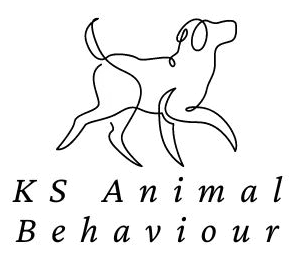

Provisional Association of Pet Behaviour Counsellors (APBC) Member
⭐️⭐️⭐️⭐️⭐️ 20+ 5-star reviews from Satisfied dog owners
Transformative Dog Behaviour Modification in Norfolk
Addressing Behavioural Challenges with Compassion and Expertise
Bespoke behaviour modification plans for your dog
Kind, evidence-based approaches for lasting change
Supportive guidance from a Master's qualified behaviourist




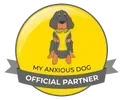


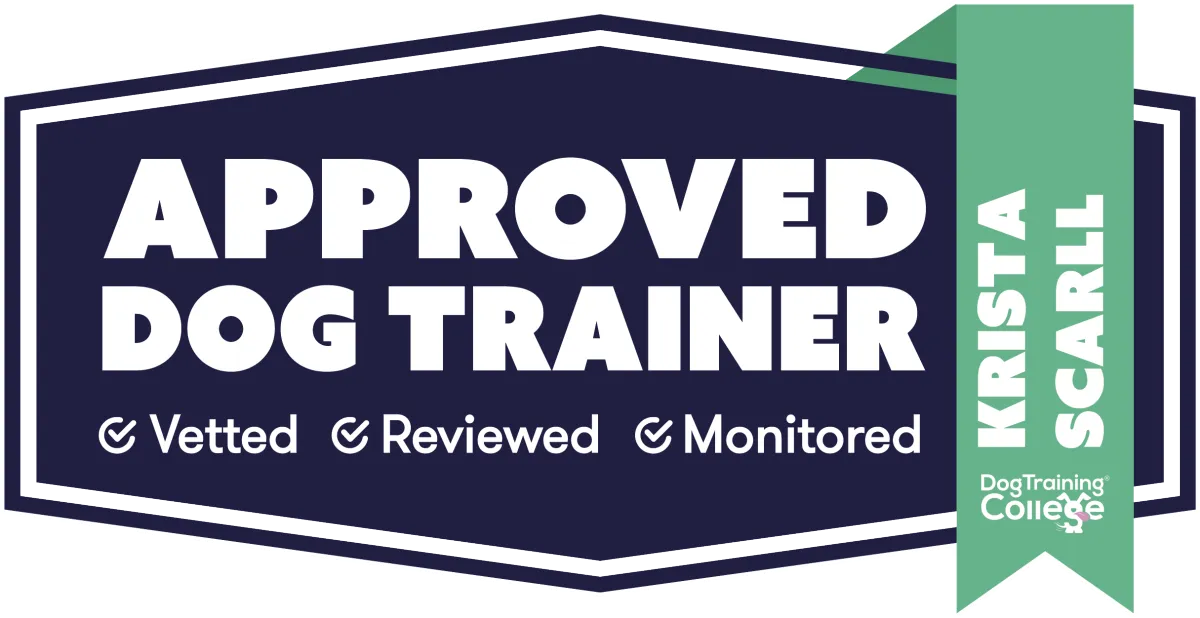
Behaviour Modification Services Tailored to Your Dog
Understanding and Resolving Complex Behaviours
At KS Animal Behaviour, we dive deep into the root causes of your dog's behaviour, offering personalised plans in Norfolk to address challenges with understanding, patience, and the latest in animal behaviour science.
Behaviours and How the trainer can help
Dog-to-Dog Reactivity
Understanding the fear or frustration behind reactivity to help your dog feel more at ease around other dogs.
Human-Directed Aggression
Addressing the root causes of aggression towards people to foster safer, happier interactions..
Separation Anxiety
Creating a sense of security for your dog, making alone time less stressful.
Excessive Barking
Identifying triggers and teaching calmness, reducing noise stress for everyone.
Resource Guarding
Building trust around resources to mitigate guarding behaviours.
Fear of Noises
Helping your dog cope with frightening sounds through desensitisation and confidence building.
Help Your Self to A FREE Book
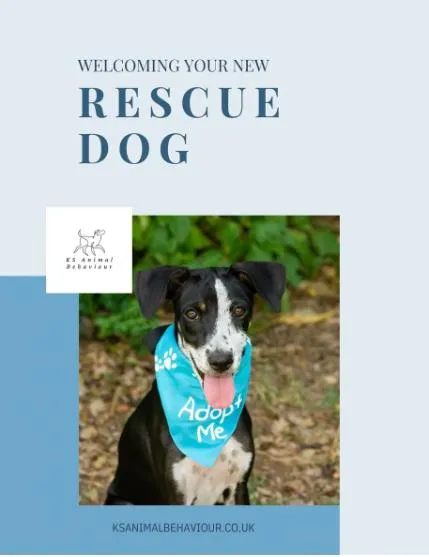
Welcoming Your New Rescue Dog
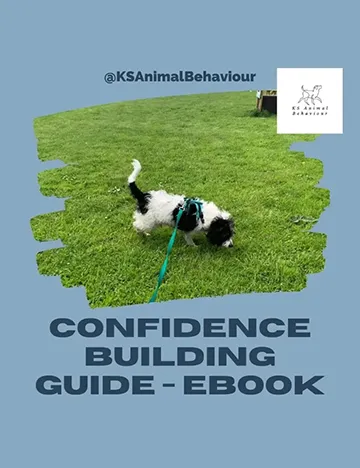
Confidence Building Guide For Dogs
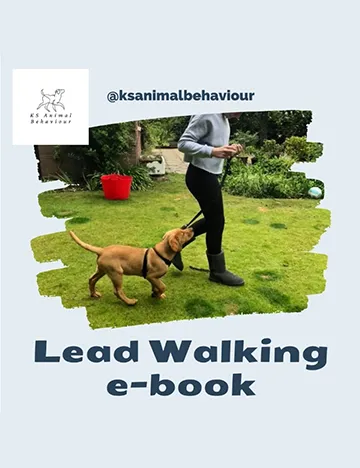
Lead Walking
Meet Your Guide to Behavioural Transformation
Expertise and Empathy at Every Step
KS Animal Behaviour brings a blend of empathy, expertise, and evidence to address your dog's behavioural issues in Norfolk. Led by Krista Seago, with a Master's in Applied Animal Behaviour and Welfare, we understand the challenges and stresses of living with a dog facing behavioural difficulties.
Facing behavioural challenges with your dog can feel isolating and overwhelming. From aggression to anxiety, these issues can disrupt your life and harm the bond you share with your dog. KS Animal Behaviour approaches these challenges with a deep understanding of animal behaviour, employing techniques that are both kind and effective. We believe in building a stronger relationship through positive change, not through fear or punishment.
Imagine a future where walks are enjoyable, and your home is a place of peace, not stress. Where your dog feels confident and secure, and you feel empowered and supported. This is the transformation we aim for at KS Animal Behaviour. With our holistic approach, we address not just the symptoms but the root causes of behavioural issues, guiding you and your dog to a happier, more harmonious life together.
Your Journey to a Happier Dog Starts Here
Embrace a Positive Approach to Training
Initial Assessment: Start with a comprehensive evaluation to understand the behavioural challenges.
Customised Behaviour Plan: Receive a bespoke plan that addresses the specific needs of your dog, based on the latest science and our deep behavioural expertise.
Ongoing Guidance: Benefit from continuous support, with tools and strategies to maintain and build on the positive changes.
What Our Clients Say
Latest Blog Posts
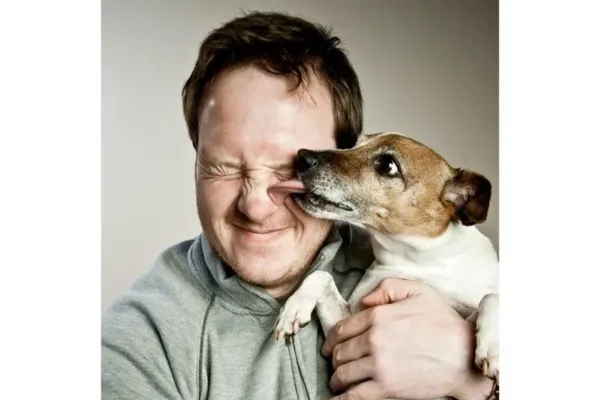
Calming Signals - Breakdown
Calming Signals - Breakdown
4 January 2024 | Canine Body Language
Calming signals in dog behavior are subtle cues and behaviours that dogs use to communicate and alleviate stress or tension in various situations. These signals are part of a dog's body language and are often displayed to diffuse potential conflicts, calm themselves or others, and maintain social harmony. Understanding these calming signals is essential for dog owners, trainers, and behaviourists to interpret and respond appropriately to a dog's emotional state. Here are some common calming signals in dog behavior:
1. Yawning
Dogs may yawn in situations of stress or discomfort. It is a way for them to release tension and signal that they are not a threat.
2. Lip Licking
Licking the lips or nose is a common calming signal. It can indicate nervousness, and dogs may use this behavior to communicate that they are uneasy or trying to appease.
3. Turning Away
Dogs may turn their head or body away from a person, animal, or stimulus to avoid direct eye contact, signaling a desire to de-escalate a situation.
4. Slow Movement
Deliberate and slow movements can be a calming signal. Quick, sudden movements may be perceived as threatening, so a dog may move slowly to indicate a non-aggressive intention.
5. Play Bows
The play bow is a classic signal where a dog lowers its front body while keeping the hindquarters elevated. It's an invitation to play and can be used to diffuse tension during social interactions.
6. Sniffing
Dogs may engage in sniffing the ground or objects as a way to redirect attention and avoid confrontations. Sniffing can be a self-soothing behavior.
7. Freezing
When a dog freezes in place, it can be a sign of uncertainty or discomfort. It's a way for them to assess the situation and decide on an appropriate course of action.
8. Sitting or Lying Down
Choosing to sit or lie down can be a calming signal, indicating a desire to be less threatening or stressed in a particular situation.
9. Soft Eyes
Softening the eyes and avoiding prolonged direct eye contact is a calming behavior. Staring can be perceived as confrontational, so dogs may use soft eyes to communicate friendliness.
10. Paw Raises
Dogs may lift a paw as a mild signal of uncertainty or to appease. It's a gentle way for them to communicate discomfort.
Recognizing these calming signals is crucial for fostering positive interactions with dogs. It helps create a supportive environment and allows for effective communication between dogs and their human companions.
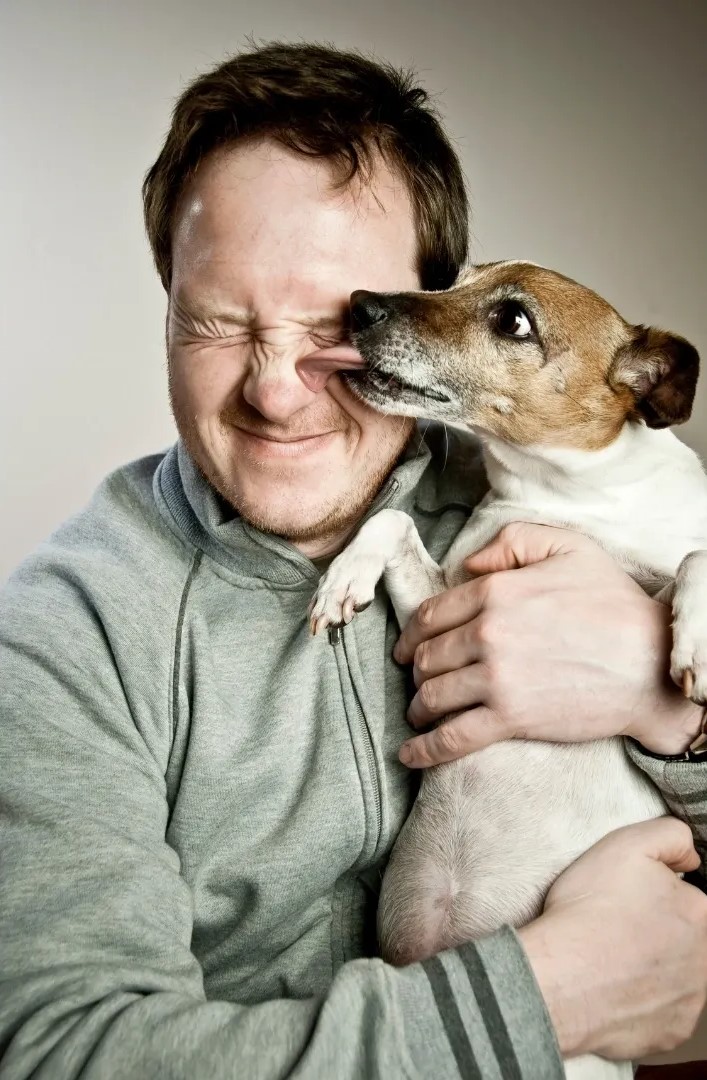
Appeasement
Appeasement is observed in dogs who display an increase in activity and diminished posture in order to gain attention from a human or dog.
Dogs displaying this calming signal will typically have the ears pulled back, and a wide sweeping or circling tail. Examples of appeasement behaviours are nuzzling, licking, jumping up, paw lifts, pawing, teeth clacking, crouching, pretzeling and play bows.
A dog may use active submission to gain attention from a human owner, for example jumping up, when the owner gives the dog attention, they positively reinforce the behaviour, meaning it will be repeated in future (Miller, 2019). It can also be observed when two dogs are greeting.
Deference
Deference is defined as a decrease in activity and lowered posture, with the aim of diverting attention when feeling threatened. It also indicated peaceful intent to avoid confrontation and conflict.
Characteristics of deference are ears flat against the head, tail tucked between the legs, freezing, averting eye contact, lower head and body posture, and even the ‘belly up’ position (Miller, 2019). This behaviour is often seen in dogs who would rather escape but cannot, so are likely feeling scared and trapped (Gutteridge, 2018), this could be in a situation with a potentially threatening dog, or if a dog is worried about a human’s intentions. A common example is when a dog is perceived as being ‘guilty’ of doing something wrong, however the dog is likely feeling threatened by the owner’s tone and body language.
Displacement behaviours
Displacement behaviours are normal dog behaviours that are displayed out of the usual context, when the dog is feeling conflicted between motives or is uncertain about a situation, leading to stress (Mann, 2019; Gutteridge, 2018). Examples of displacement behaviours that can be used are pacing, scratching, grooming, sniffing the ground, turning away, sneezing, shaking, nose licking, and shaking off (Gutteridge, 2018; Stilwell, 2013). One instance when a dog might display displacement behaviours is when being trained to walk on a lead, it is unnatural for a dog to be on a collar and lead and they are not aware of what owners expect them to do in this situation. When training a dog to walk on a loose lead, owners may become frustrated with the dog, the dog, unsure of what to do may try to ‘change the subject’ and focus on something else to scratch themselves (Gutteridge, 2018).
Stress Signals
Stress signs are observed when the dog’s body shifts from a neutral state to prepare the body for action, by activating the sympathetic nervous system, associated with the fight or flight response (Mann, 2019). Dogs displaying stress signs can be seen to be hypervigilant, creeping, tense, turning away, and will likely refuse food due to being over threshold (Gutteridge, 2018). Other signs of stress described by Stilwell (2013) include yawning, lip licking, freezing, whale eye, head turning away, furrowed brow, tense jaw, low tail carriage, curved tongue, panting, shaking, drooling, sweaty paws and piloerection.
Stress signs are used when the dog perceives a threat in the environment, an example of this is a dog who has had a previous bad experience at the vets and is waiting in the veterinary surgery.
Threat displays are observed when a dog’s previous attempts to communicate that they are uncomfortable or feeling threatened have been ignored and the situation has escalated. The dog has no option but to take action to relieve themselves from the situation and so will likely have a hard stare, antagonistic pucker (show teeth), growl, bark, snarl, lunge, snap and/or bite in order to gain space and remove the threat (Martin and Buzhardt, 2019; Gutteridge, 2018). A dog may display threat behaviours when confronted by a threatening dog, they may growl and bare teeth to show that they are ready for action and possess weapons.

Calming Signals - Breakdown
Calming Signals - Breakdown
4 January 2024 | Canine Body Language
Calming signals in dog behavior are subtle cues and behaviours that dogs use to communicate and alleviate stress or tension in various situations. These signals are part of a dog's body language and are often displayed to diffuse potential conflicts, calm themselves or others, and maintain social harmony. Understanding these calming signals is essential for dog owners, trainers, and behaviourists to interpret and respond appropriately to a dog's emotional state. Here are some common calming signals in dog behavior:
1. Yawning
Dogs may yawn in situations of stress or discomfort. It is a way for them to release tension and signal that they are not a threat.
2. Lip Licking
Licking the lips or nose is a common calming signal. It can indicate nervousness, and dogs may use this behavior to communicate that they are uneasy or trying to appease.
3. Turning Away
Dogs may turn their head or body away from a person, animal, or stimulus to avoid direct eye contact, signaling a desire to de-escalate a situation.
4. Slow Movement
Deliberate and slow movements can be a calming signal. Quick, sudden movements may be perceived as threatening, so a dog may move slowly to indicate a non-aggressive intention.
5. Play Bows
The play bow is a classic signal where a dog lowers its front body while keeping the hindquarters elevated. It's an invitation to play and can be used to diffuse tension during social interactions.
6. Sniffing
Dogs may engage in sniffing the ground or objects as a way to redirect attention and avoid confrontations. Sniffing can be a self-soothing behavior.
7. Freezing
When a dog freezes in place, it can be a sign of uncertainty or discomfort. It's a way for them to assess the situation and decide on an appropriate course of action.
8. Sitting or Lying Down
Choosing to sit or lie down can be a calming signal, indicating a desire to be less threatening or stressed in a particular situation.
9. Soft Eyes
Softening the eyes and avoiding prolonged direct eye contact is a calming behavior. Staring can be perceived as confrontational, so dogs may use soft eyes to communicate friendliness.
10. Paw Raises
Dogs may lift a paw as a mild signal of uncertainty or to appease. It's a gentle way for them to communicate discomfort.
Recognizing these calming signals is crucial for fostering positive interactions with dogs. It helps create a supportive environment and allows for effective communication between dogs and their human companions.

Appeasement
Appeasement is observed in dogs who display an increase in activity and diminished posture in order to gain attention from a human or dog.
Dogs displaying this calming signal will typically have the ears pulled back, and a wide sweeping or circling tail. Examples of appeasement behaviours are nuzzling, licking, jumping up, paw lifts, pawing, teeth clacking, crouching, pretzeling and play bows.
A dog may use active submission to gain attention from a human owner, for example jumping up, when the owner gives the dog attention, they positively reinforce the behaviour, meaning it will be repeated in future (Miller, 2019). It can also be observed when two dogs are greeting.
Deference
Deference is defined as a decrease in activity and lowered posture, with the aim of diverting attention when feeling threatened. It also indicated peaceful intent to avoid confrontation and conflict.
Characteristics of deference are ears flat against the head, tail tucked between the legs, freezing, averting eye contact, lower head and body posture, and even the ‘belly up’ position (Miller, 2019). This behaviour is often seen in dogs who would rather escape but cannot, so are likely feeling scared and trapped (Gutteridge, 2018), this could be in a situation with a potentially threatening dog, or if a dog is worried about a human’s intentions. A common example is when a dog is perceived as being ‘guilty’ of doing something wrong, however the dog is likely feeling threatened by the owner’s tone and body language.
Displacement behaviours
Displacement behaviours are normal dog behaviours that are displayed out of the usual context, when the dog is feeling conflicted between motives or is uncertain about a situation, leading to stress (Mann, 2019; Gutteridge, 2018). Examples of displacement behaviours that can be used are pacing, scratching, grooming, sniffing the ground, turning away, sneezing, shaking, nose licking, and shaking off (Gutteridge, 2018; Stilwell, 2013). One instance when a dog might display displacement behaviours is when being trained to walk on a lead, it is unnatural for a dog to be on a collar and lead and they are not aware of what owners expect them to do in this situation. When training a dog to walk on a loose lead, owners may become frustrated with the dog, the dog, unsure of what to do may try to ‘change the subject’ and focus on something else to scratch themselves (Gutteridge, 2018).
Stress Signals
Stress signs are observed when the dog’s body shifts from a neutral state to prepare the body for action, by activating the sympathetic nervous system, associated with the fight or flight response (Mann, 2019). Dogs displaying stress signs can be seen to be hypervigilant, creeping, tense, turning away, and will likely refuse food due to being over threshold (Gutteridge, 2018). Other signs of stress described by Stilwell (2013) include yawning, lip licking, freezing, whale eye, head turning away, furrowed brow, tense jaw, low tail carriage, curved tongue, panting, shaking, drooling, sweaty paws and piloerection.
Stress signs are used when the dog perceives a threat in the environment, an example of this is a dog who has had a previous bad experience at the vets and is waiting in the veterinary surgery.
Threat displays are observed when a dog’s previous attempts to communicate that they are uncomfortable or feeling threatened have been ignored and the situation has escalated. The dog has no option but to take action to relieve themselves from the situation and so will likely have a hard stare, antagonistic pucker (show teeth), growl, bark, snarl, lunge, snap and/or bite in order to gain space and remove the threat (Martin and Buzhardt, 2019; Gutteridge, 2018). A dog may display threat behaviours when confronted by a threatening dog, they may growl and bare teeth to show that they are ready for action and possess weapons.
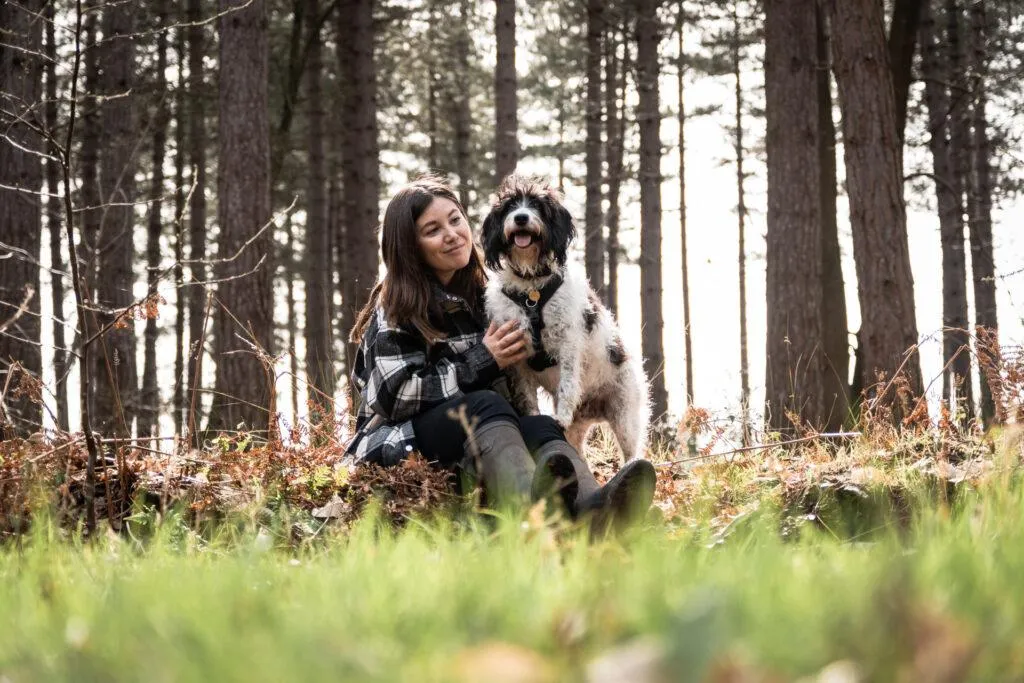
Begin Your Journey to Behavioural Transformation
Take the first step towards resolving your dog's behavioural issues with KS Animal Behaviour, Norfolk's trusted behaviour specialist. Discover how our compassionate, science-based approach can bring about the positive change you and your dog need.
Follow Us on Instagram for more!
Frequently Asked Questions
The questions we get asked the most:
What types of behaviour issues do you address?
We provide behavior consultations for various issues including separation anxiety, reactivity, aggression, resource guarding, and fear-based behaviors.
Do you offer online training sessions?
Yes, we offer both in-person and online 1:1 training sessions to accommodate different needs and preferences.
Can you help with training a new rescue dog?
Absolutely! We offer rescue pre-arrival consultations and new rescue support to help you and your new furry friend start off on the right foot.
What qualifications do you have?
Our founder, Krista Seago, holds a Masters Degree in Applied Animal Behaviour and Welfare and is a provisional member of the APBC.
What training methods do you use?
We believe in using kind, ethical, and modern training methods that promote long-lasting behavior change.
How long does it take to see results?
The timeline for behavior change varies depending on the individual dog and the specific issue. We work closely with you to develop a personalized plan and provide ongoing support to help you achieve your goals.
Do you offer workshops or group classes?
Yes, we offer both online and in-person workshops on topics such as Canine Body Language and Understanding Reactivity. Check our website for upcoming events.
Can you help with puppy training?
Absolutely! We offer puppy foundations sessions to help you lay a solid training foundation for your new furry family member.
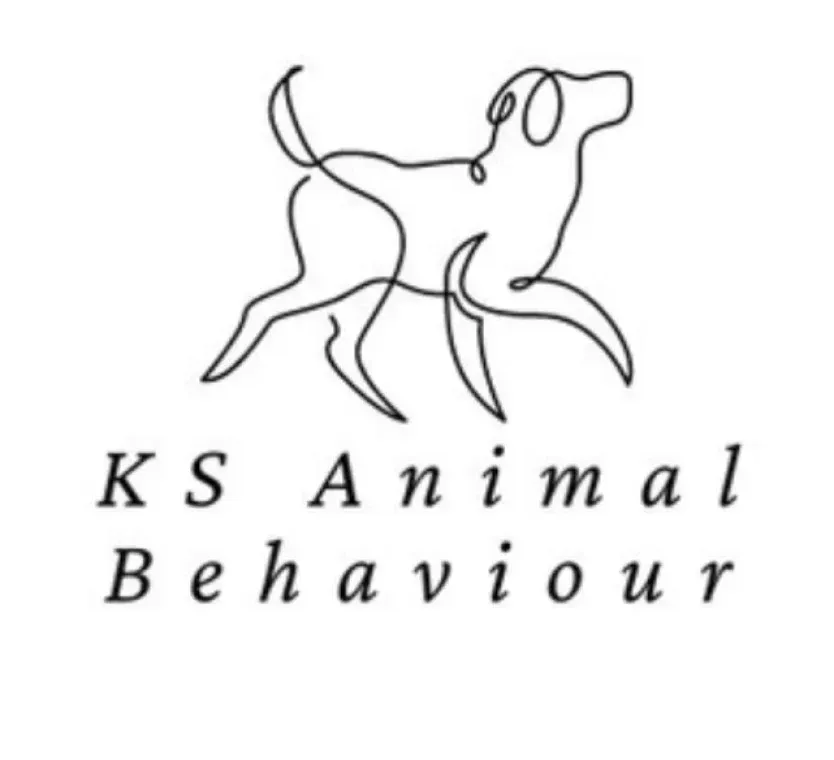
Privacy Policy
Terms of Services
Terms and Conditions of Services
©Copyright 2024 KS Animal Behaviour LLC | All Rights Reserved
